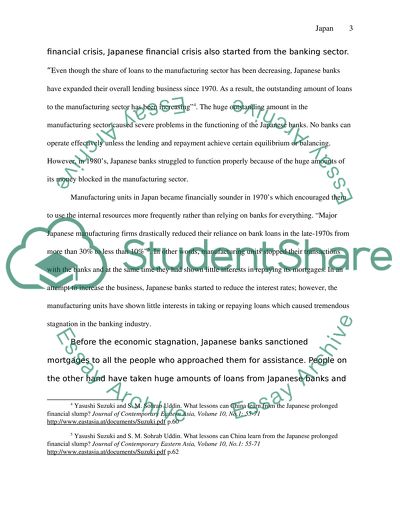Cite this document
(“Japan's Financial Crisis and Economic Stagnation Research Paper”, n.d.)
Japan's Financial Crisis and Economic Stagnation Research Paper. Retrieved from https://studentshare.org/history/1435241-arguing-that-the-japanese-ministry-of-finance-and
Japan's Financial Crisis and Economic Stagnation Research Paper. Retrieved from https://studentshare.org/history/1435241-arguing-that-the-japanese-ministry-of-finance-and
(Japan'S Financial Crisis and Economic Stagnation Research Paper)
Japan'S Financial Crisis and Economic Stagnation Research Paper. https://studentshare.org/history/1435241-arguing-that-the-japanese-ministry-of-finance-and.
Japan'S Financial Crisis and Economic Stagnation Research Paper. https://studentshare.org/history/1435241-arguing-that-the-japanese-ministry-of-finance-and.
“Japan'S Financial Crisis and Economic Stagnation Research Paper”, n.d. https://studentshare.org/history/1435241-arguing-that-the-japanese-ministry-of-finance-and.


